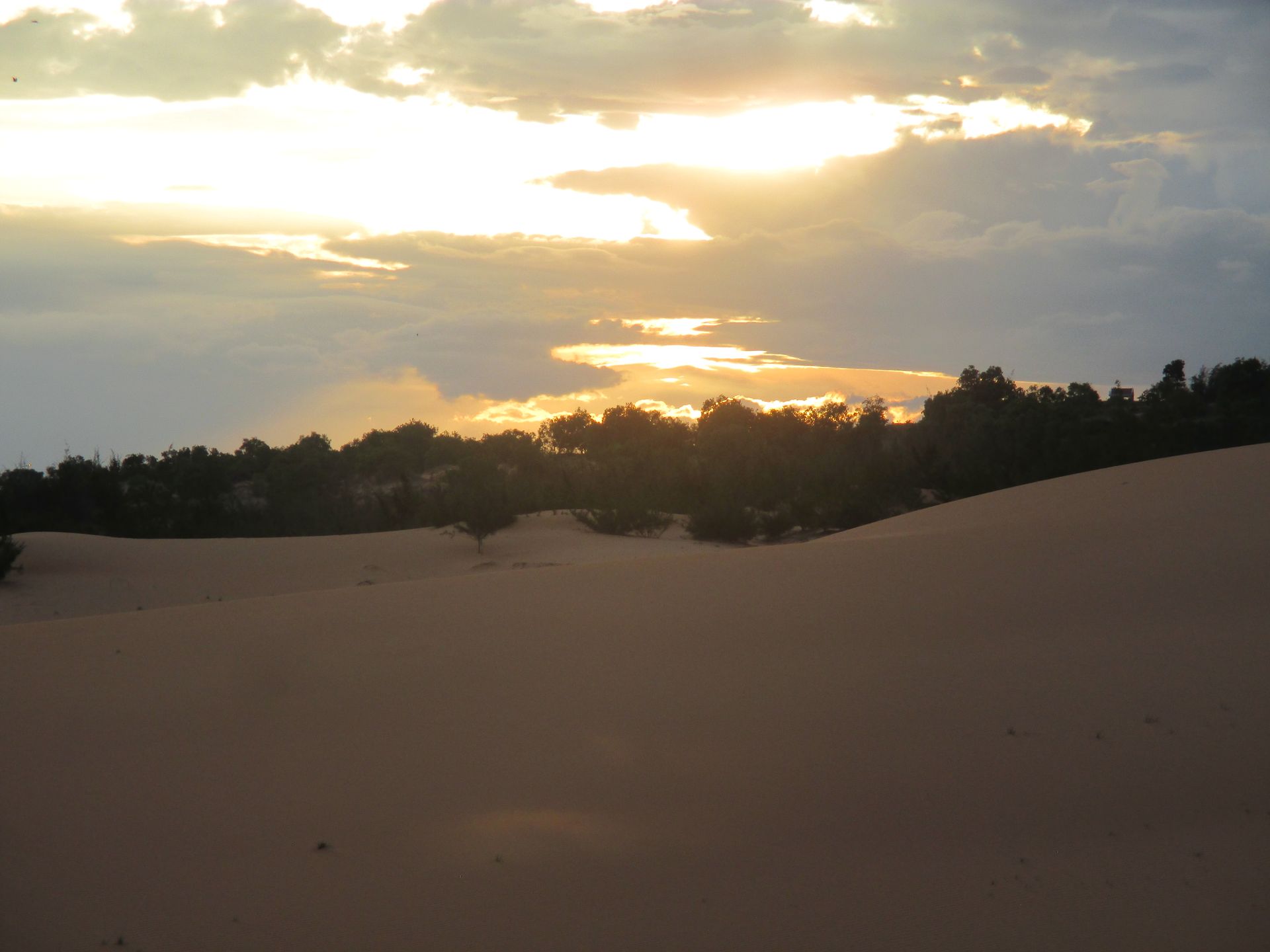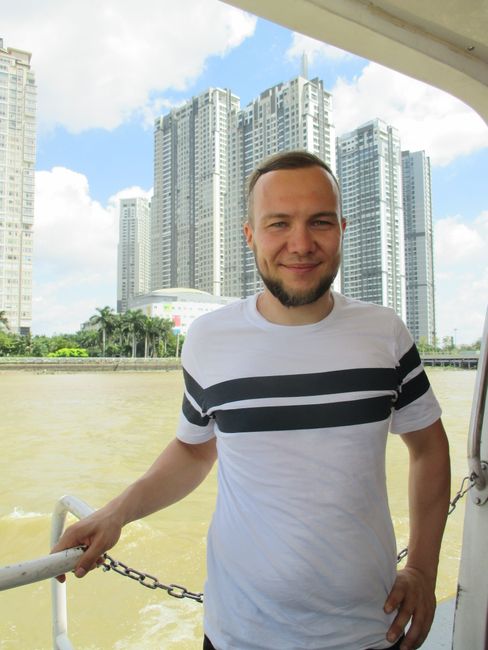2022: Wat Pa Tam Wua
ຈັດພີມມາ: 13.09.2022
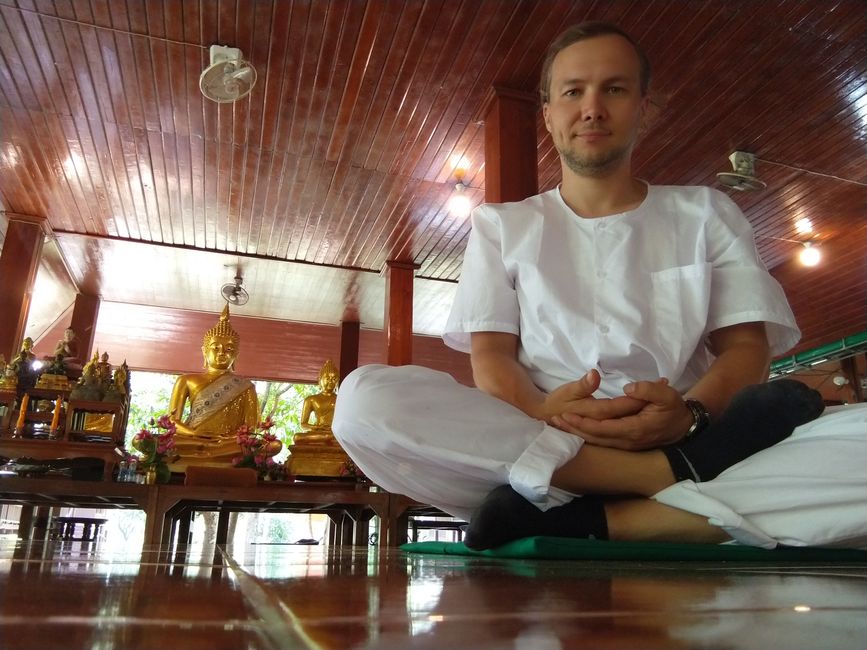
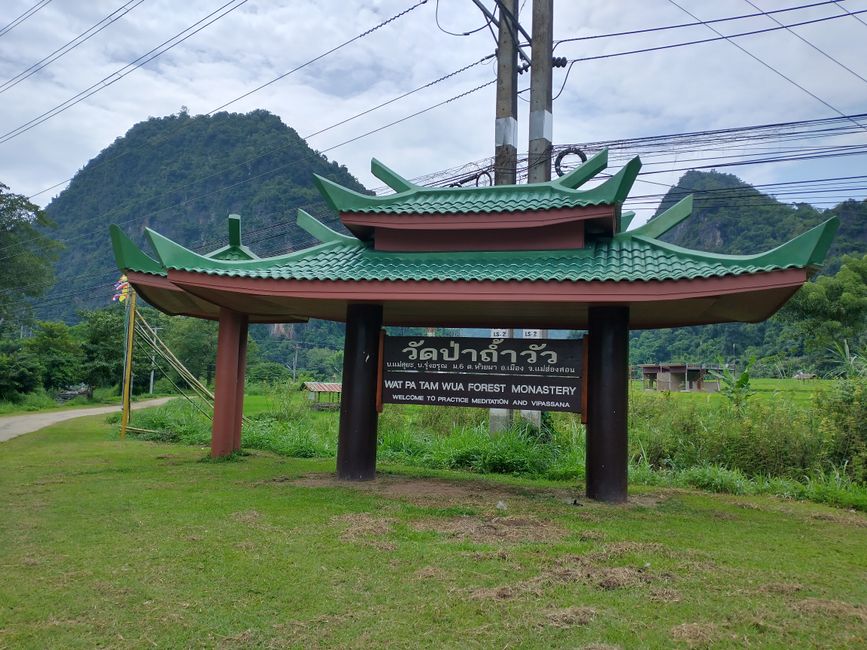
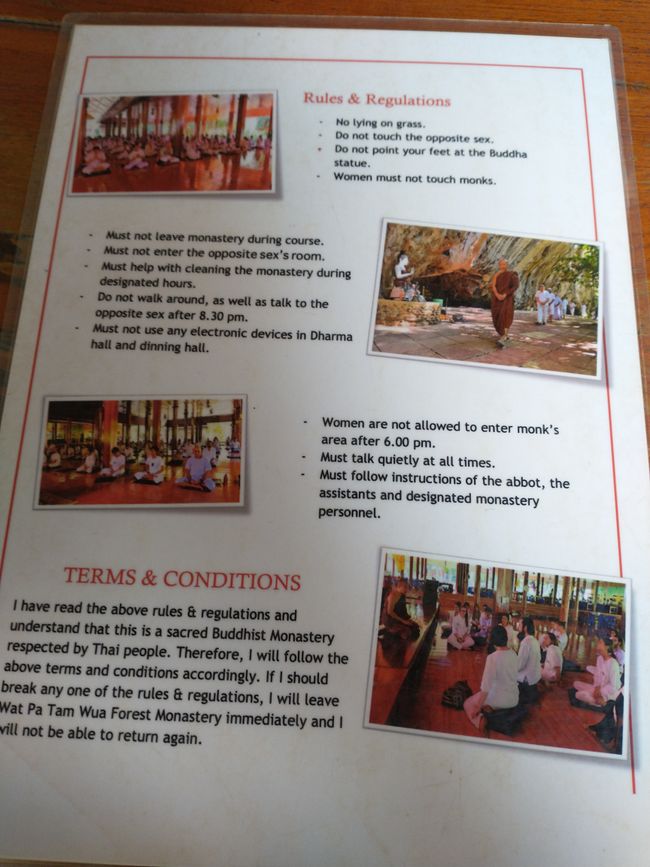
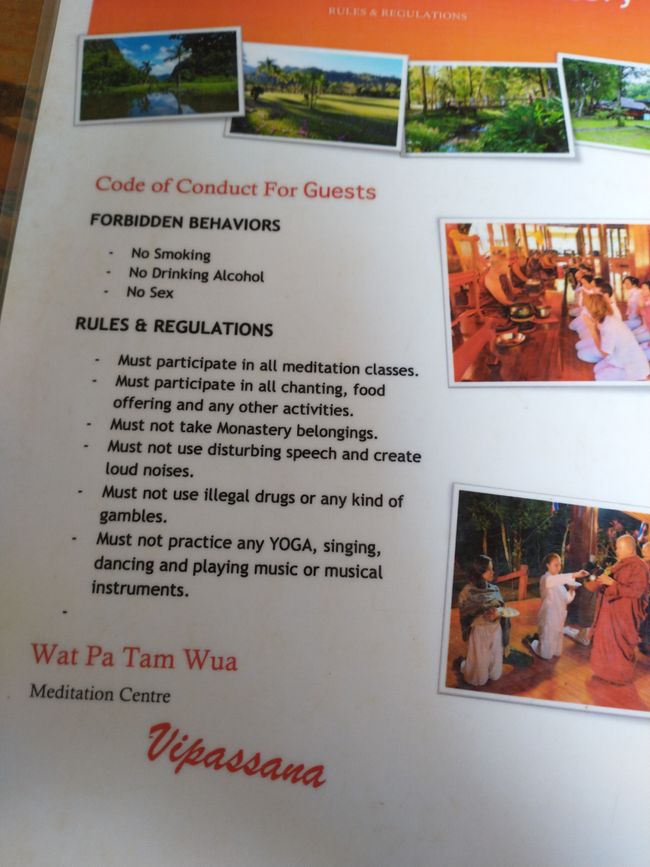
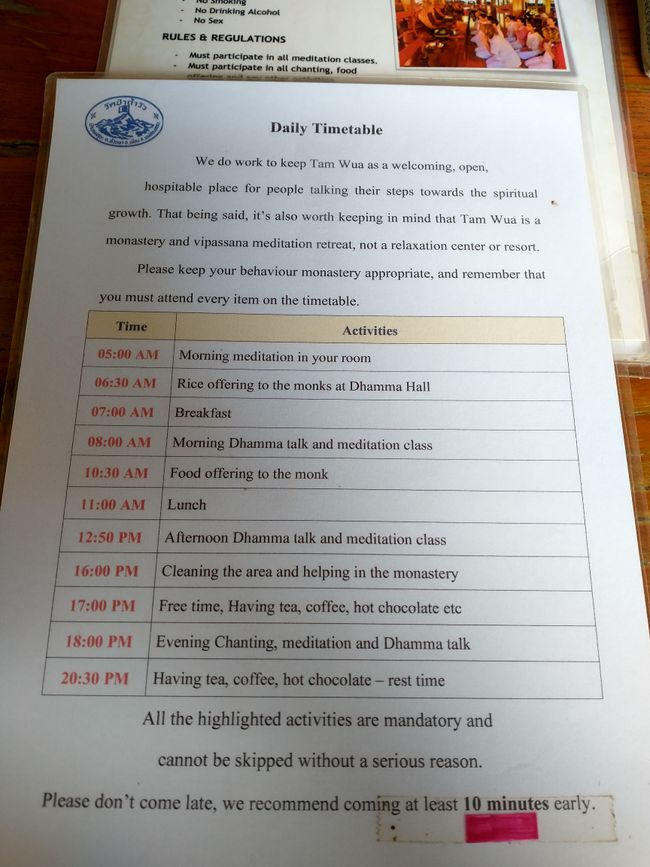
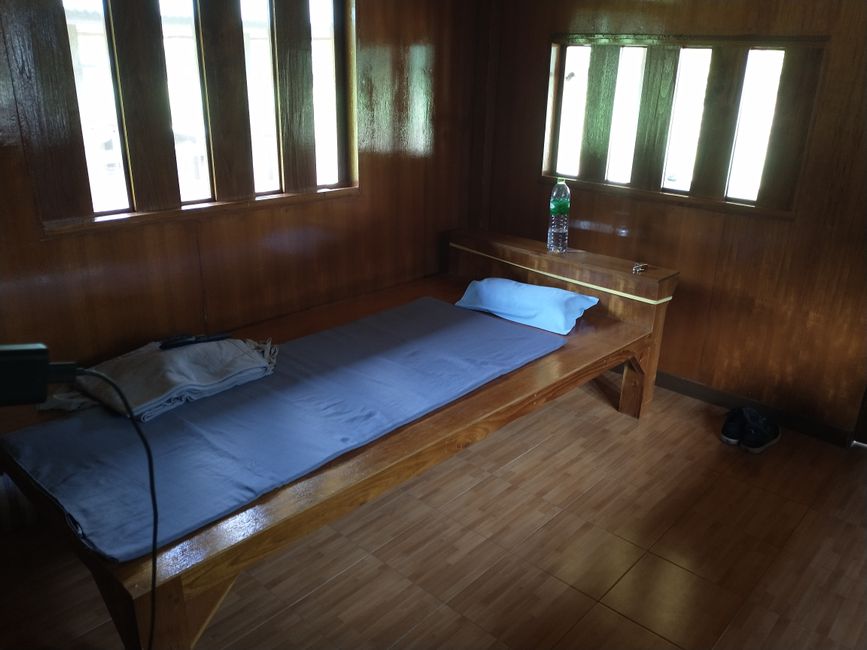
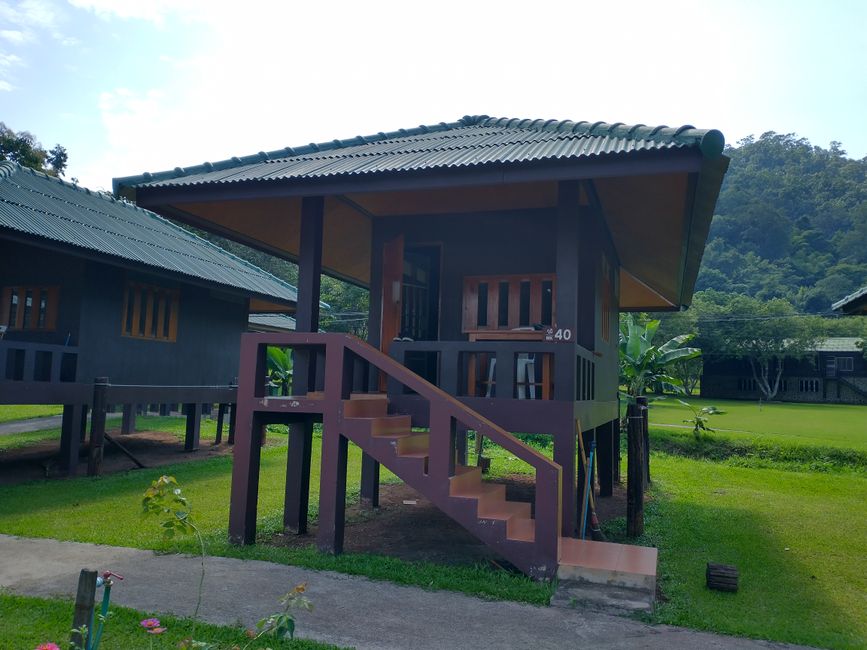
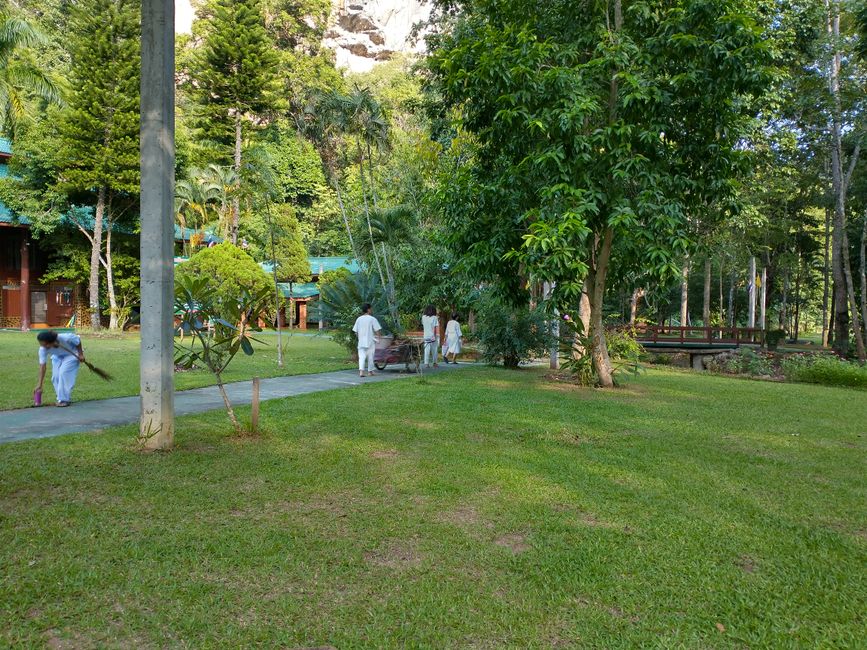
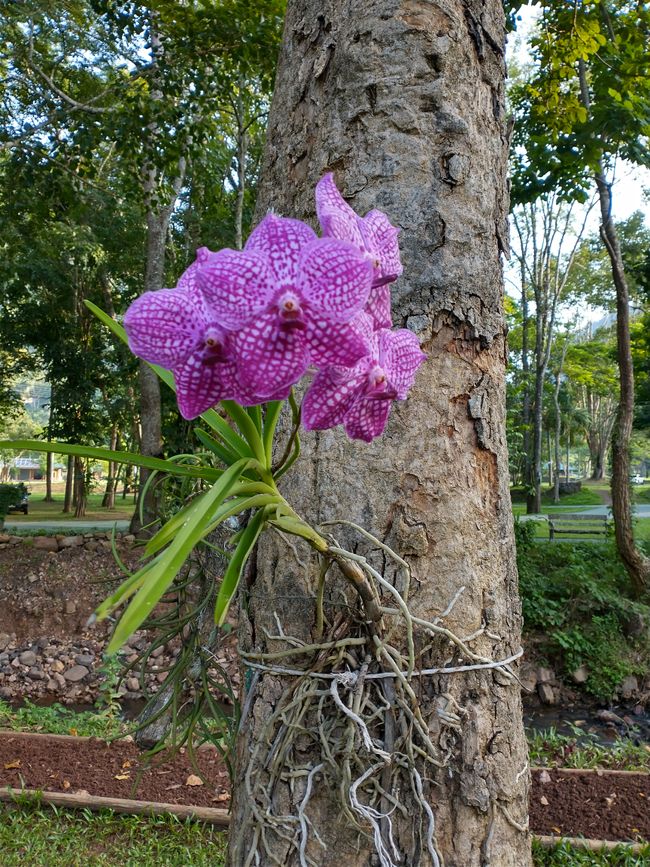
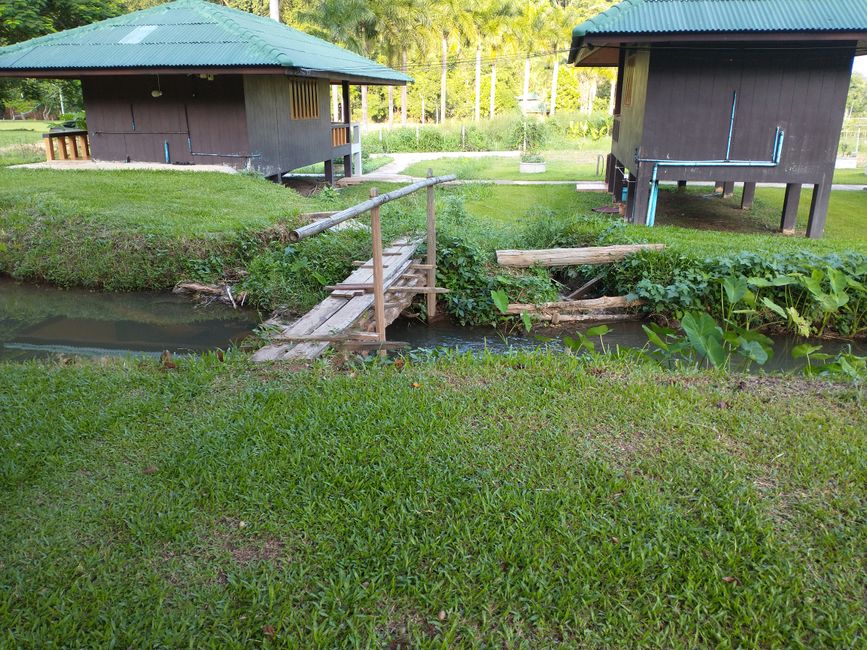
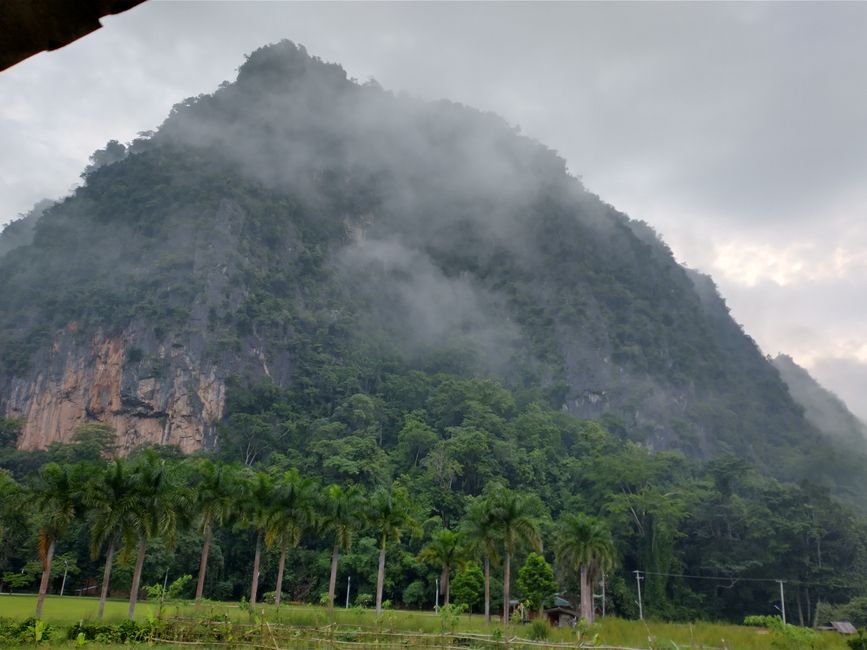
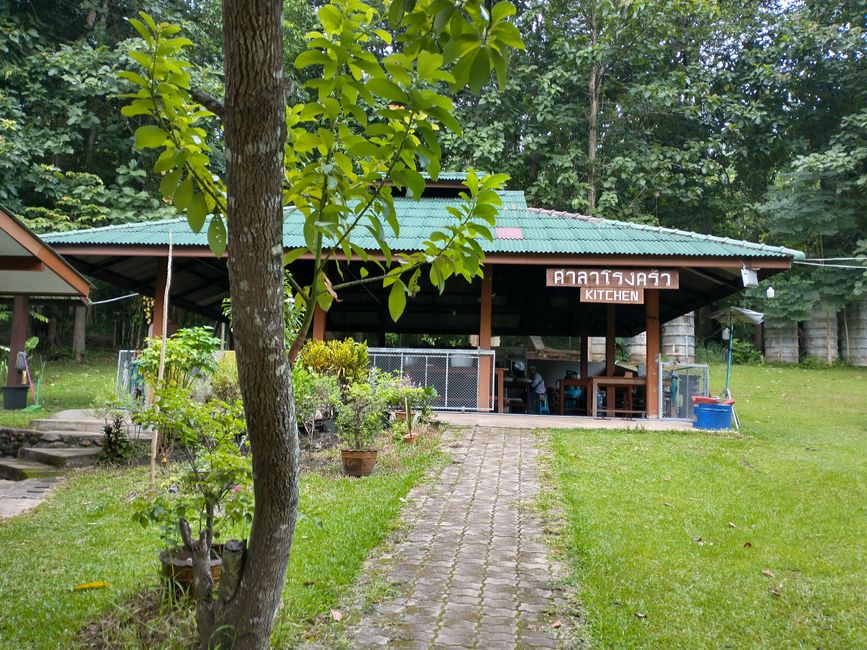
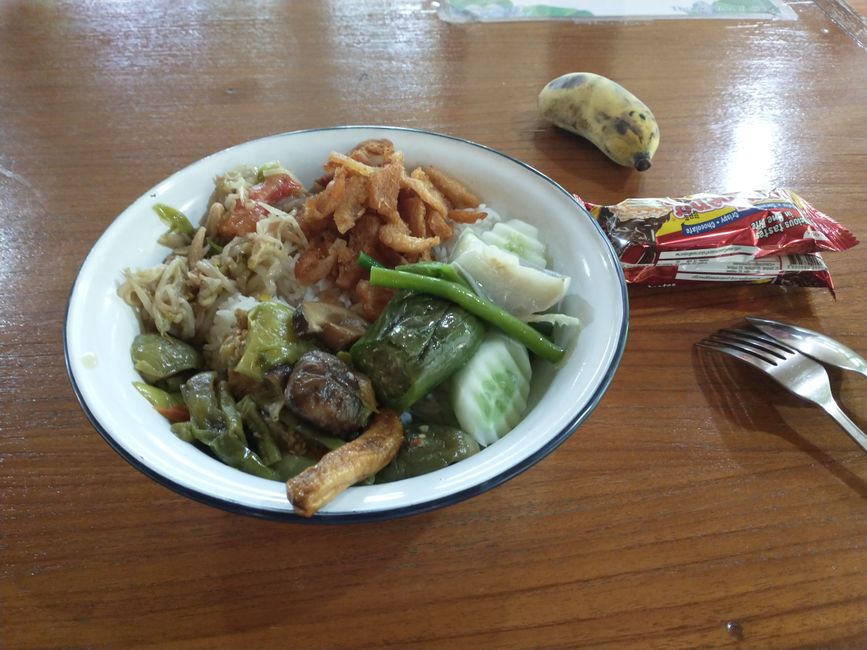
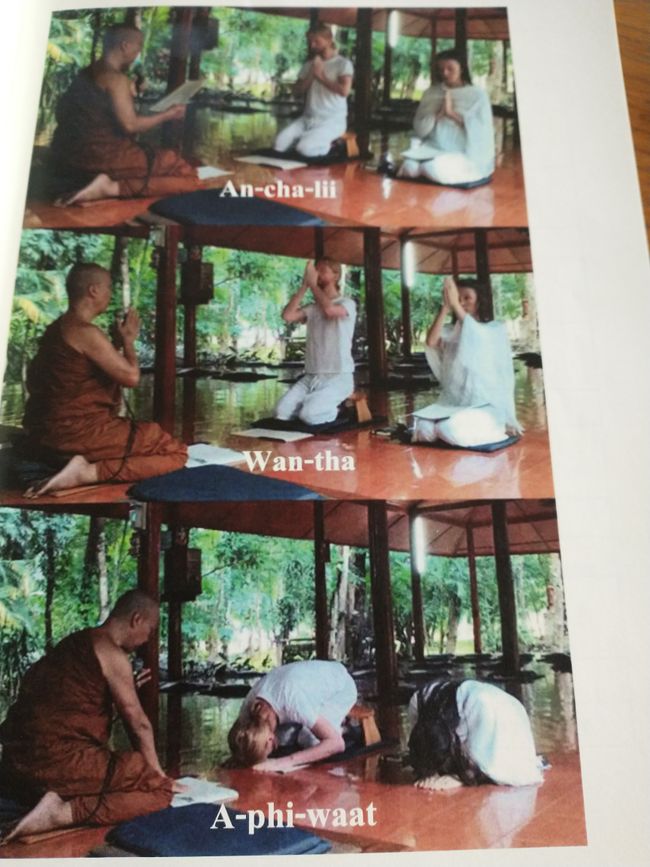
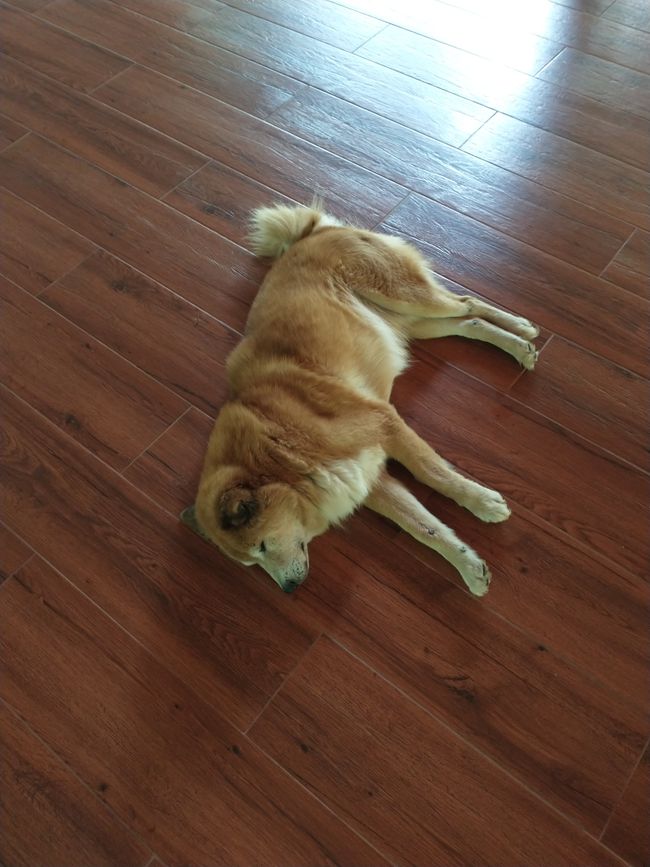
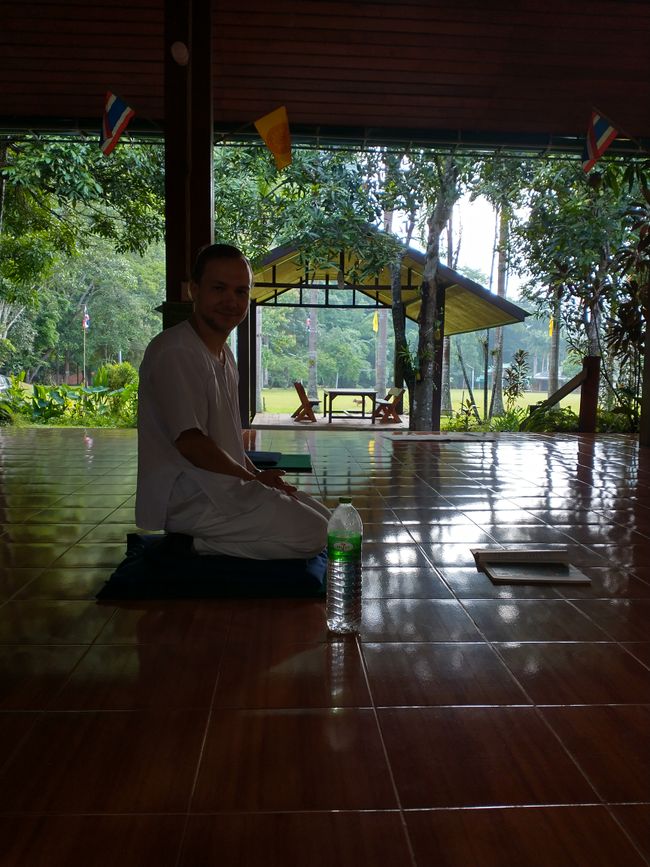
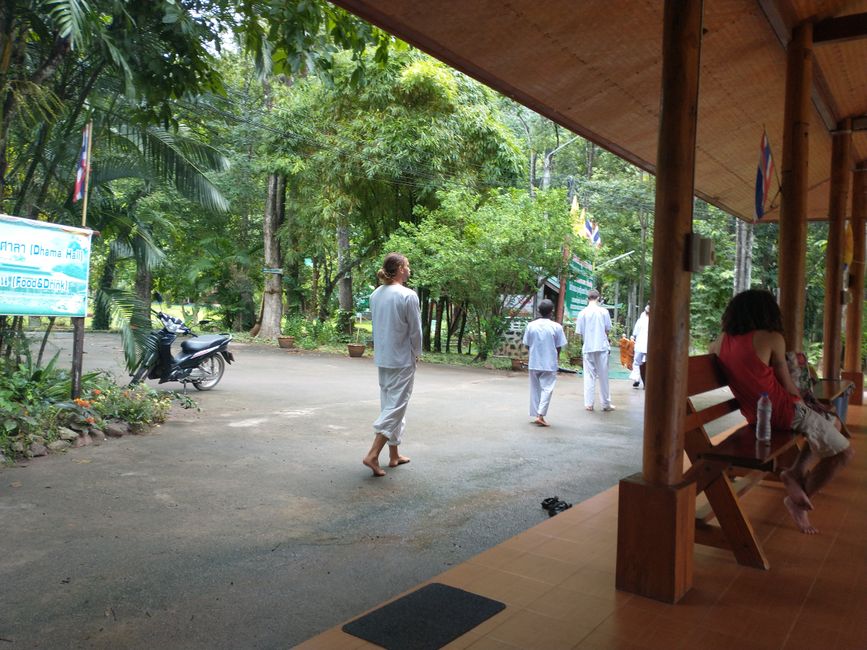
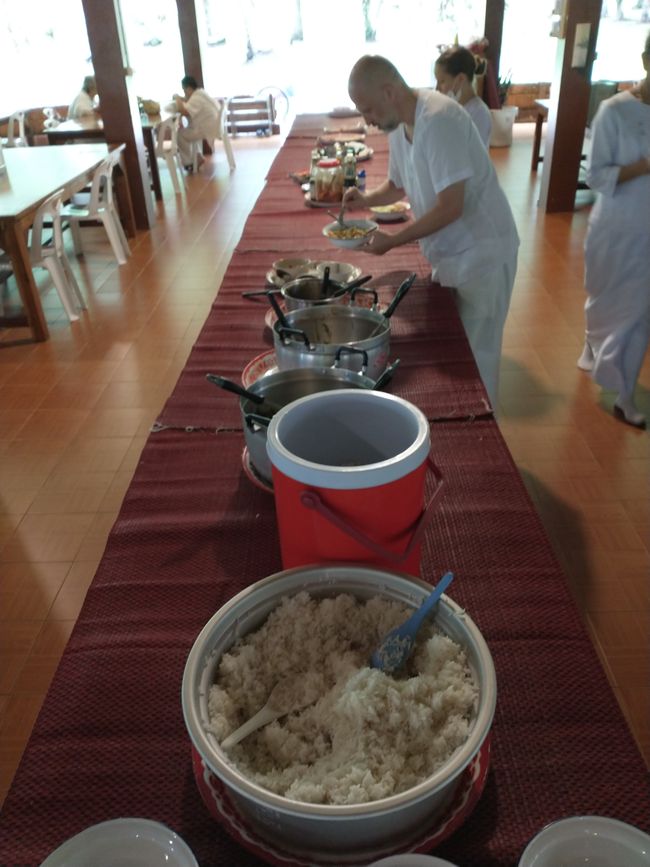
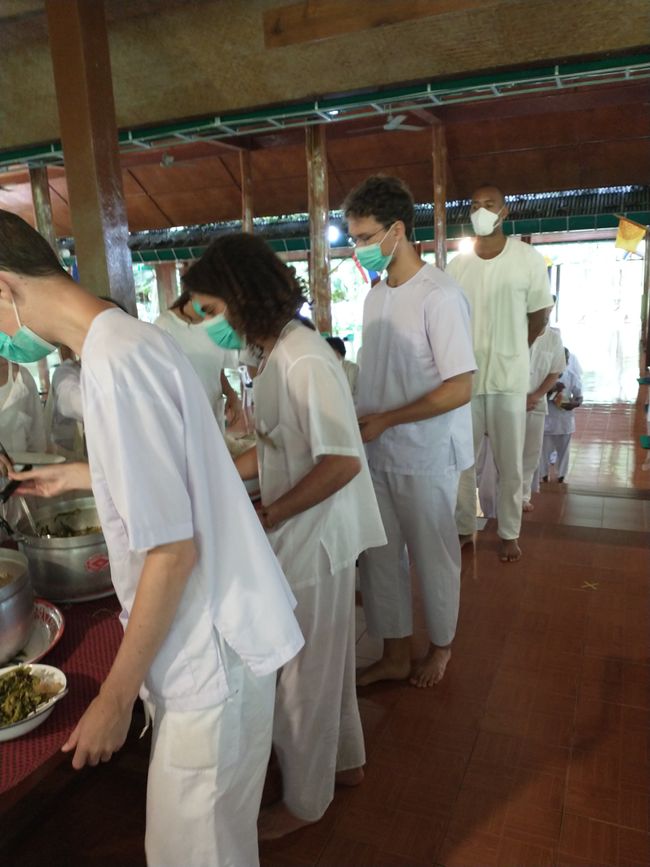
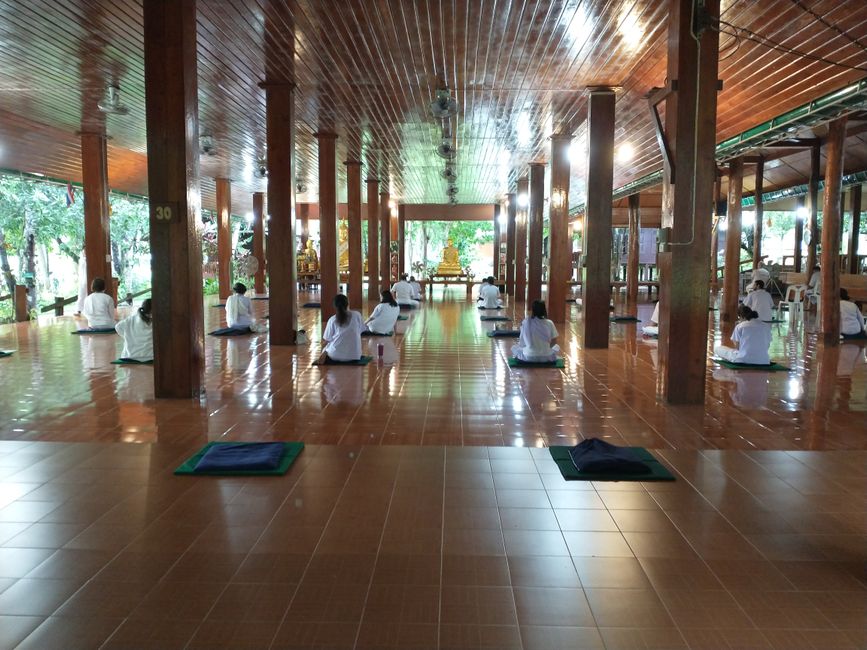
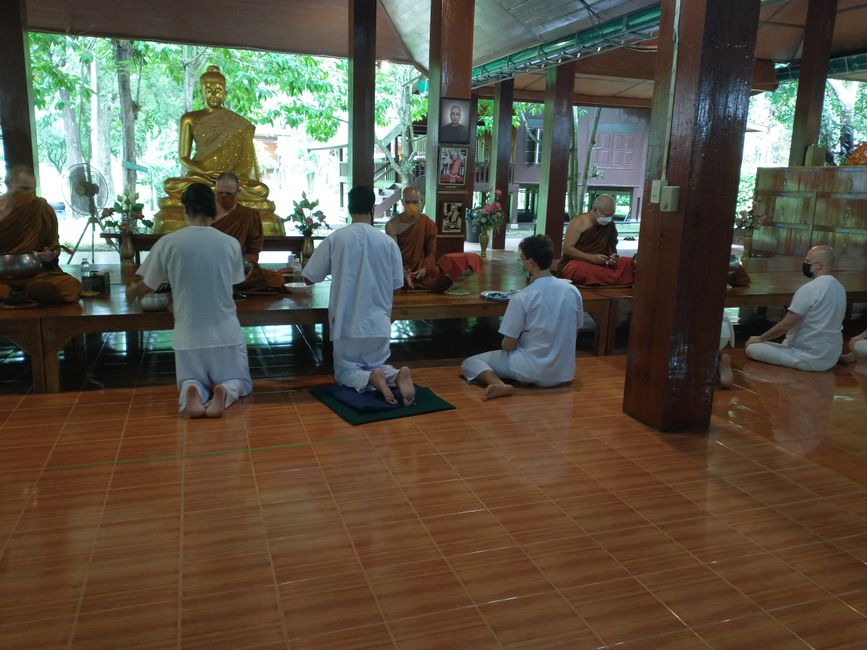
ຈອງຈົດຫມາຍຂ່າວ
https://www.wattamwua.com/
Day 10: Today we are going to the temple. In the morning, I spent time with Avi and Kevin. I was planning to go to Muay Thai with Mitch, but I was too lazy. Before leaving, I had a good meal (I will explain why later). We start with a van and occasionally encounter roadblocks where we are checked. Seems like there are security issues here. It takes about 15 minutes from the road to reach the temple. I arrive at the monastery with a Japanese man and we walk together. At the registration, there is a polite lady. After some instructions and a COVID test, we start. I get my own hut, bedding, and white clothing. The accommodation is more comfortable than expected, I have electricity and a hot shower in my hut. It is important to know that the entire stay is free of charge. Of course, you can make a donation. The monastery is about 30 years old, so still quite young. It is a beautiful place in the mountains. Then the everyday life in the monastery begins (see picture or explanation below). Everyone is calm and friendly, many are reading books about meditation and Buddhism. In the evening, I meet two Austrian girls on a world trip during tea, very nice girls. You live very close to nature and can hear the stream, insects, and animals. Insects can be really loud. Or you can use earplugs like me.
Day 11: As I discovered, there are no mirrors and no toilet paper. But you get used to the bidet shower. There are a few others with a 'Silent' sign on their clothes. They don't want to speak for a certain period of time. The Swiss lady from Pai also has such a sign. She has been here for a few days and wants to do it for 10 days, also without using the internet. So we cannot communicate. The two Austrian girls can't do it for one day, so I don't even try. In the monastery, there is an old dog named Pui, allegedly a reincarnated monk. During tea with the Austrian girls, I also get to know others in the monastery. The tea in the evening is the best time of the day.
Day 12: Since every day is the same, there is not much to report. During free time, I visited the caves where the monks meditate and pray. With each day, I get better at meditation. People from Pai keep coming. The Austrian girls leave, but Avi arrives. A group of young Germans is rejected because one of them tested positive for COVID. Today and tomorrow, there is wonderful rain, but the walking meditation is canceled because of it.
Day 13: The bed is really uncomfortable, very hard. After nights and all the sitting meditations, my back starts to feel it. After breakfast, we take the bus to Pai. First, eat something, rest, and make plans. If I don't find anything nice after university, I can imagine going on a world trip. In the van to Pai, I met someone who is currently doing that. In the evening, I meet up with the Austrian girls and others from the monastery. It was a very fun evening in different bars. I say goodbye around 1 am, the others continue to party until morning. I think I went a bit overboard.
What is a day like in the monastery? Ideally, you get up before 5 am and meditate alone in your room. Getting up early is not really my thing, so I skip that and wake up a bit later. At 6:30, the monks receive rice from the monastery residents. You are supposed to let go of your possessions. You sit in the hall, they pass by and each monk receives a spoonful of rice from everyone. Once I was called to a different hall and the monks received really good things for breakfast from me. Fruits, sweets, and so on. After that, you get your first meal. Rice with vegetables and fried soy nuggets, occasionally cookies. Actually, it's quite good, but I usually don't eat until lunchtime. By the way, a monk is not allowed to eat anything after 12 o'clock, neither are we. During the breaks, you can read or drink cocoa like me. After breakfast, Buddha is honored and then there is an hour of walking meditation. We walk very slowly through the monastery in a long line. Women behind men. When you step with one foot, you silently say BUD and with the other foot DOH. Then we recite short shantis. One monk stays in the hall and everyone can ask any questions. The head of the monastery comes for the second meal. All the monks sit on their platforms, lined up in front of them are the men. Approximately 15 bowls of delicious food are handed over to the head monk by the women on their knees. He takes some and the men's task is to pass these bowls from monk to monk. Whatever is left goes on the table for everyone. The monks put everything in their own large containers. In the stomach, everything comes together anyway and according to Buddha, they should not be too picky. The head speaks to us for half an hour and then around 11 am, we have the last meal of the day. Neatly lined up by men and women, you can take something to eat. Rice with vegetables and soy is served every day. You can take what is left by the monks, but if you are at the end of the line, you won't get any of the delicious things anymore. What is available depends on what the villagers donate. The afternoon session starts with a short lesson about Buddhism. Then half an hour of walking meditation. Then sitting meditation in the lotus position (silently saying BUD DOH when breathing) while focusing on a body part or the breath. Then lying meditation, my favorite. I think everyone just falls asleep there. At 4 pm, you should clean the monastery for an hour, for example, sweep leaves. At 6 pm, there is the evening shanting. The procedure is as follows: men sit in front, women behind. The monks always sit in the front facing the audience or Buddha on an elevated platform. You sit on your legs or in various cross-legged positions. The soles of your feet must never face Buddha. The monks enter and you bow to Buddha three times. Then, for 45 minutes, religious verses are recited by everyone (you get a book) in 3 languages. It is a monotonous chant. Then there is 30 minutes of breath meditation. The lights are turned off and you only hear nature (wonderful in the rain). Not pleasant when the lights come on again. Then another 15 minutes of shanting and three more bows to Buddha. In the evening, you are supposed to meditate alone in your hut, but I skipped that as well. All gatherings take place in an open hall called the Dharma Hall.
My conclusion: it was an interesting experience. Met many people. The monks are completely relaxed with their 272 rules. There are also monks from the former Soviet Union and the USA here. Many do it not permanently, but only for a few months or years. Some dedicate their lives to being monks. Definitely not for me. The guests also have very different experiences, some are very committed, some are just curious like me. Maybe I will do it again later.
ຈອງຈົດຫມາຍຂ່າວ
ຄໍາຕອບ
